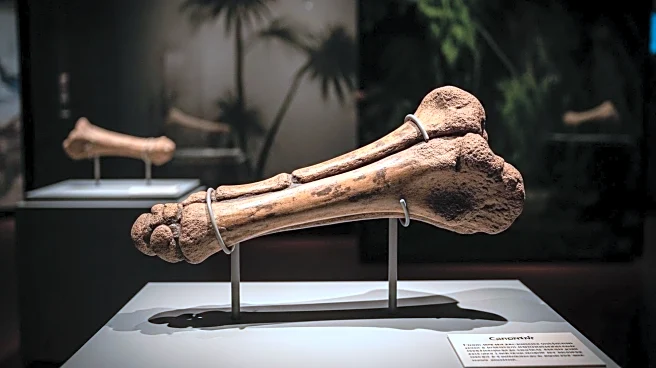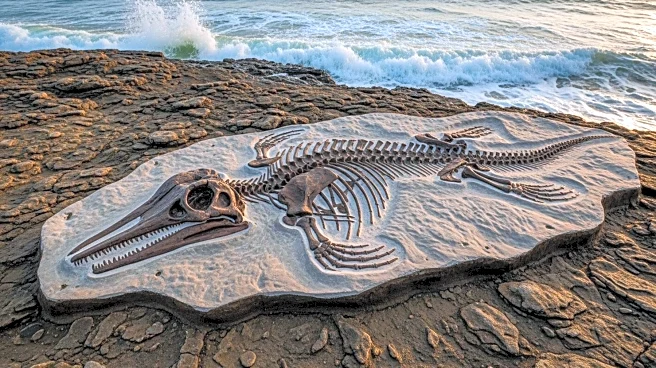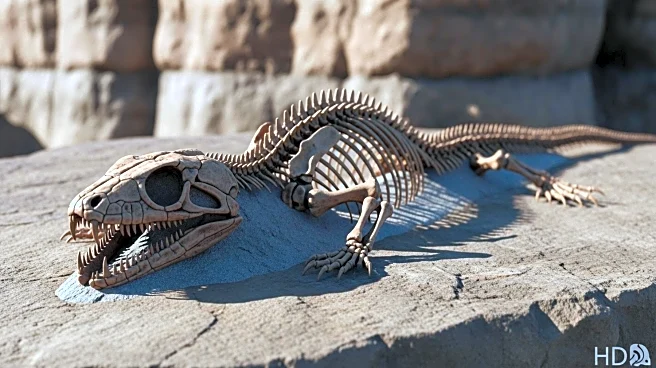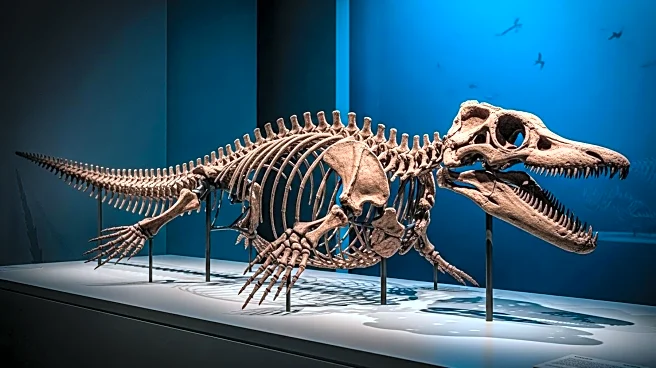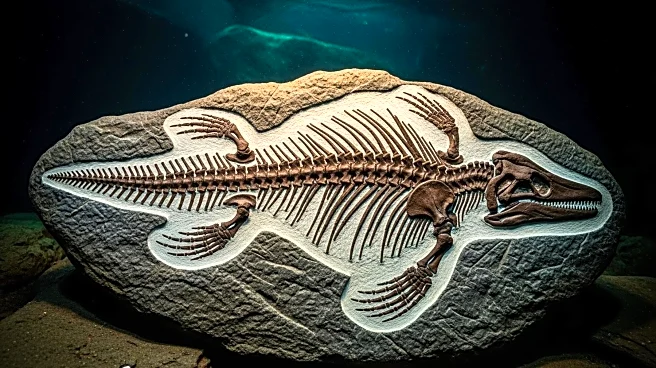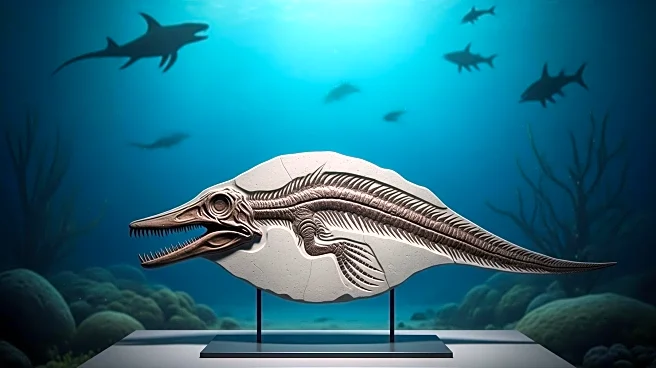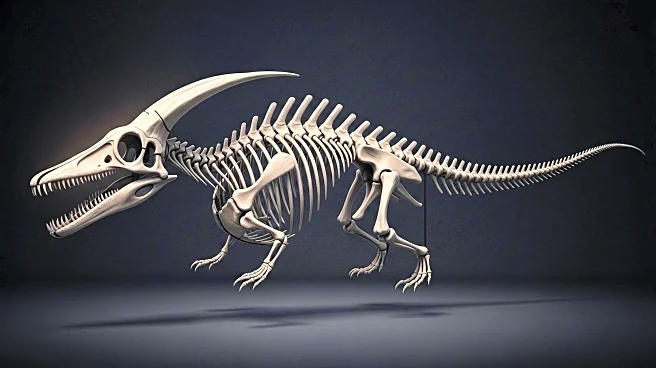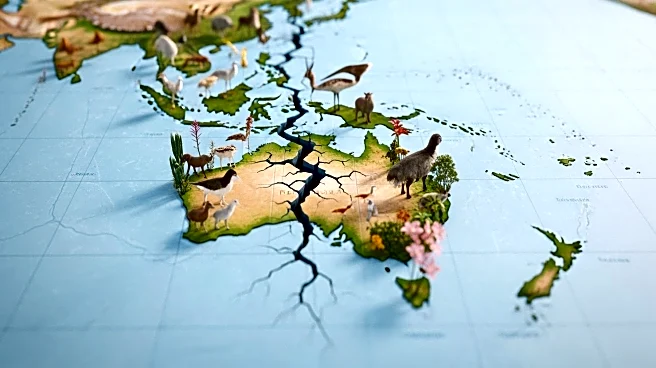What's Happening?
A groundbreaking study suggests that the famous Cambrian explosion might have started millions of years earlier than previously thought. Researchers analyzed ancient trace fossils, uncovering evidence of complex, mobile organisms thriving 545 million years ago. These early creatures likely had segmented bodies, muscle systems, and directional movement, signaling a surprising level of complexity before the traditionally accepted timeline.
Why It's Important?
This discovery challenges the established timeline of the Cambrian explosion, suggesting that complex life forms may have evolved earlier than previously believed. The findings have significant implications for understanding the evolutionary history of animal life and the environmental conditions that facilitated the development of complex organisms. This research contributes to the broader understanding of the origins of biodiversity and the factors that drove evolutionary innovation.
What's Next?
Further research will focus on exploring the implications of this revised timeline for the Cambrian explosion and its impact on the evolution of complex life forms. The study opens new avenues for investigating the origins of animal diversity and the environmental conditions that facilitated evolutionary innovation.
Beyond the Headlines
The study highlights the importance of fossil records in revealing the complexities of early animal evolution. By examining trace fossils from the Ediacaran-Cambrian transition, researchers can gain insights into the evolutionary processes that led to the development of complex life forms.





